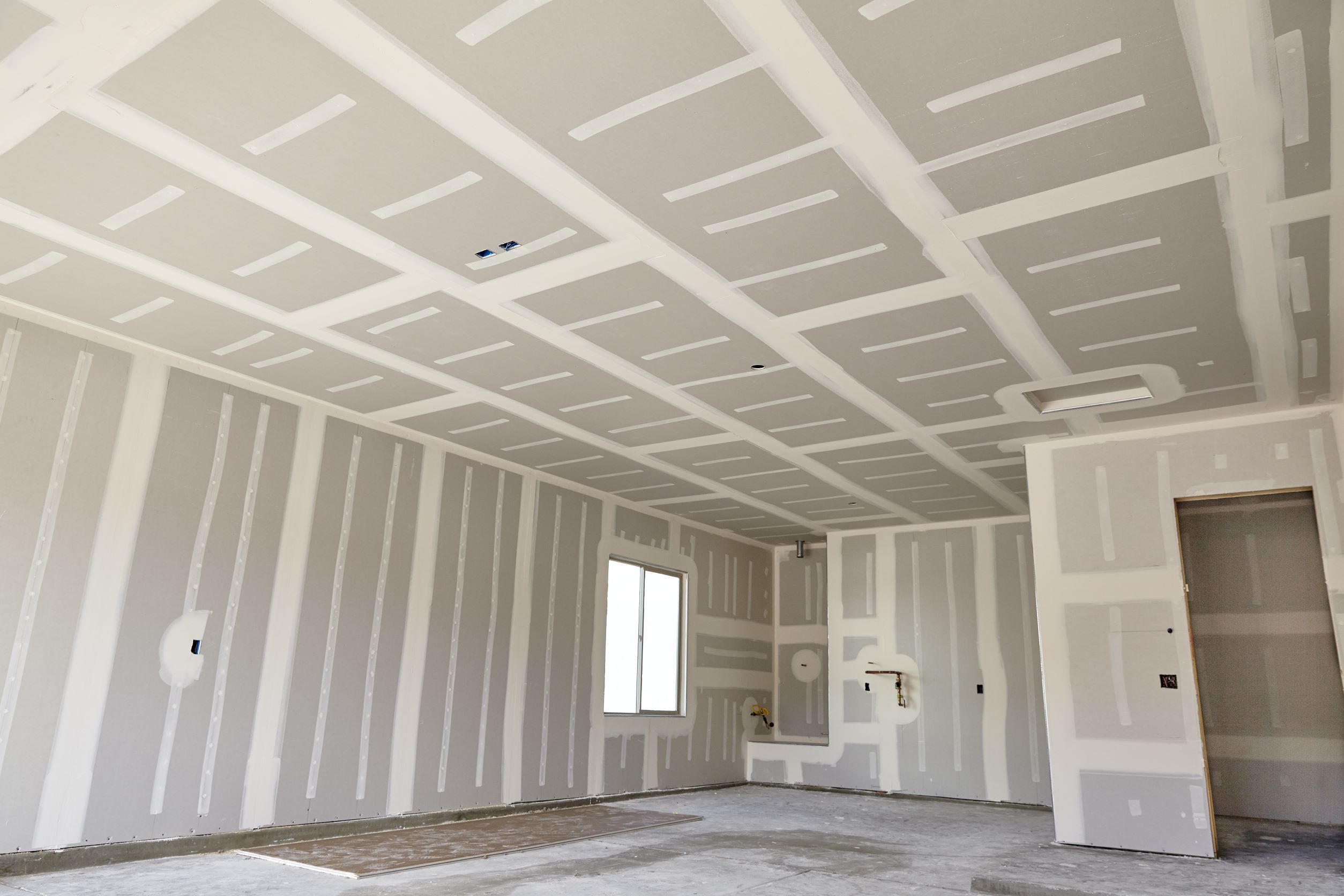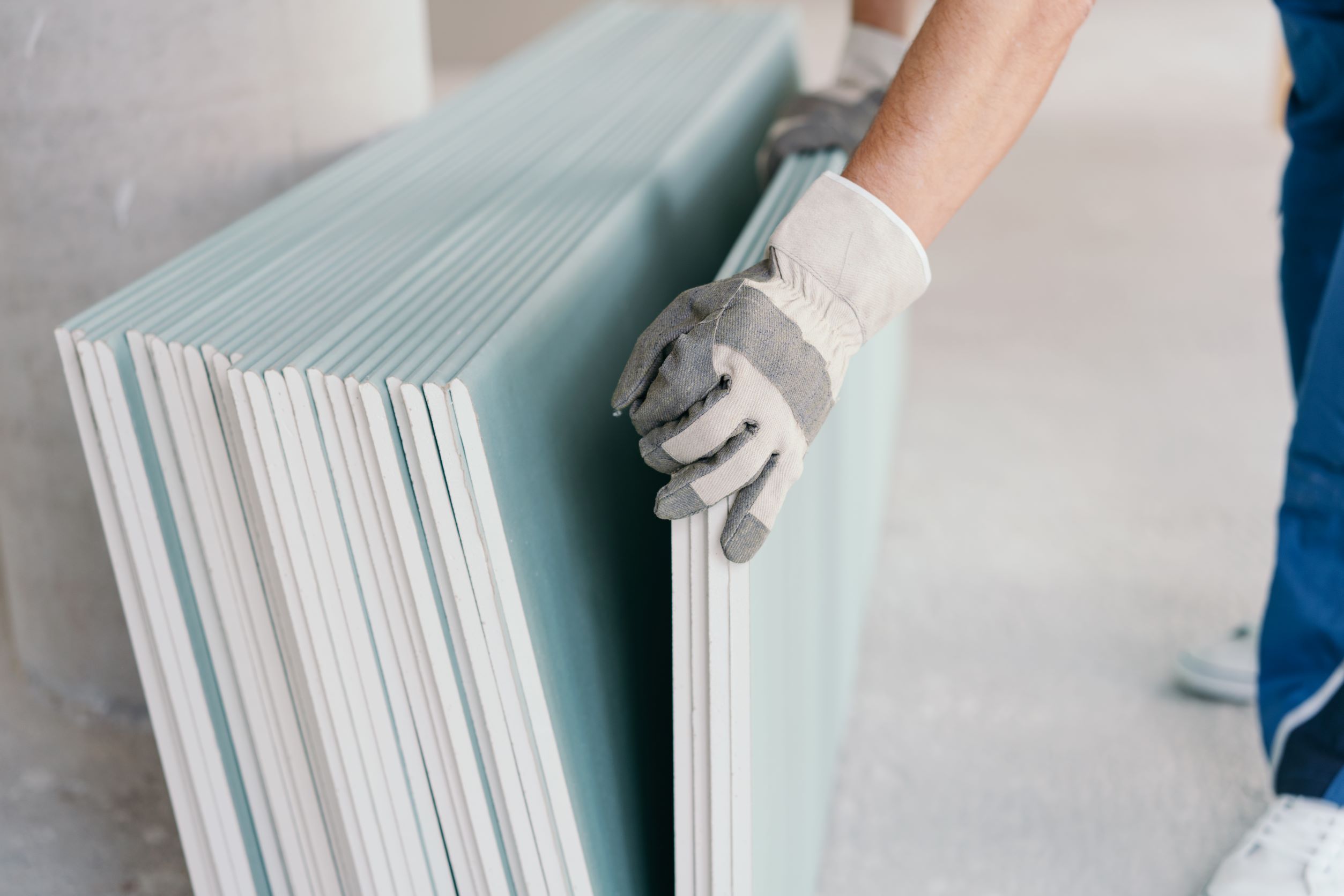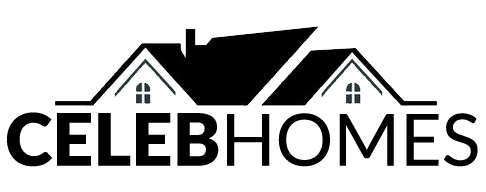
When planning a remodeling project for your home, one of the materials you’ll encounter is drywall. The drywall, sheetrock, or gypsum board are large, rectangular sheets you often see in hardware stores and construction sites. You can find these sheets in different colors ranging from white, blue, green, or purple.
Aside from its primary function in the wall and ceiling structure, drywall also imparts character to the interiors of houses and buildings. Today, most drywall companies will guide you during the selection of various types for residential use. If you’re eager to know about the available drywall material in Canada and other areas, checking out drywall supplies Toronto and others would greatly help.
When your remodeling project requires drywall, you should know the type suitable for your needs before buying one. Depending on the project you’re planning to work on, here are the different kinds and their benefits to your home:
1. Regular Or White Drywall
The regular drywall is white on one side and brown on the other, with gypsum in between. This type of drywall has no extra enhancements. It’s available in various sizes that vary in thickness ranging from three-eighths of an inch to one inch.
You can use regular drywall all over your home since one of its benefits is being a fire retardant. The presence of water molecules in the gypsum is responsible for slowing down the spread of fire. Additionally, gypsum is a soft material with non-flammable properties.
2. Fire-Resistant Drywall
If you want to keep your home safe from a possible fire, fire-resistant drywall is the ideal choice. This type of drywall material is a popular choice since they comply with the building codes. Generally, the building codes dictate the necessity of fire-resistant drywall in bedrooms and garages.
Although all drywall material has fire-resistant properties, this specific type boasts a superior fire rating. It’s crucial to note that fire-resistant drywall has a dense core that prevents fire from penetrating the wall.
3. Soundproof Drywall
When your priority in your home is privacy and limiting any disruptive outdoor noise, soundproof drywall is the ideal choice. The layers of gypsum, wood fibers, and polymers work together to limit sound penetration in the drywall. The layering of these materials can significantly lessen the transmission of noise. Soundproof drywall is the right choice for home offices, home theaters, music rooms, and basements.
4. Blue Board Drywall
Blue board drywall or plaster baseboard is usually the choice for veneer plastering. It has surface paper with absorbent properties, providing it with superior resistance to water and mold. The material is the ideal choice for bathrooms or areas prone to dampness or moisture.

5. Paperless Drywall
Paperless drywall utilizes fiberglass as covering instead of paper. An advantage of this type of drywall material is better protection against possible rot and resistance to mold and mildew. Although it’s harder to cut than regular drywall, it’s becoming a popular home construction or remodeling choice.
6. Moisture-Resistant Drywall
If your primary concern is maintaining good indoor air quality, one of the residential drywall materials worth considering is moisture-resistant drywall. It works by preventing the seepage of water and moisture. Moisture-resistant drywall is the ideal choice for the kitchen, bathroom, and laundry room.
The green drywall material allows it to repel moisture. Since water will always be present in any home, it’s the best choice. The material has a surface coating that lessens the chances of water damage in case it occurs. Although the material is resistant to moisture, it’s not waterproof. It has a higher price tag than regular drywall and often functions as tile support in damp areas such as the walls in the bathroom and basement or kitchen backsplash and laundry rooms.
Having moisture-resistant drywall with mesh tape can prolong its lifespan, unlike the standard paper tapes. The standard paper tape is likely to soak up moisture, potentially damaging the drywall.
7. Purple Drywall
This type of drywall material boasts superior resistance to moisture and mold. You can utilize it on walls and ceilings, especially in areas prone to moisture and mold development. Purple drywall is the ideal choice for spots in the house that are prone to direct contact with water.
Conclusion
In any renovation or remodeling project for your home, you’ll need drywall at some point. Today, you’ll find a variety of drywall materials available in the market. Make sure you’re familiar with the different types so you’ll find the right one for the project you’re working on. With the correct kind of drywall, it can keep your home structurally sound for years to come.
